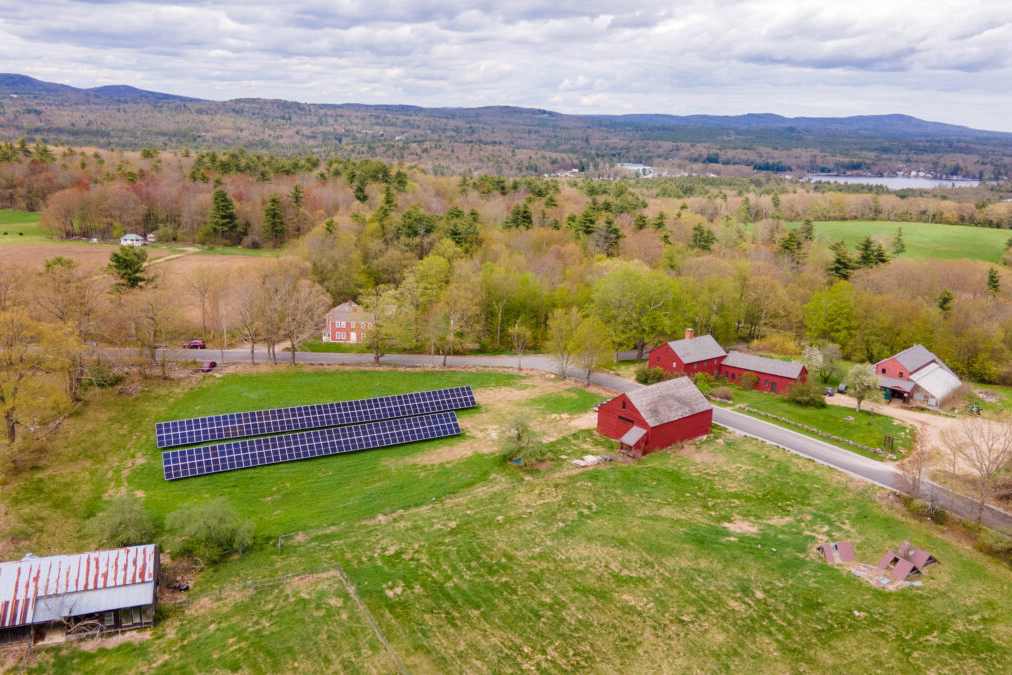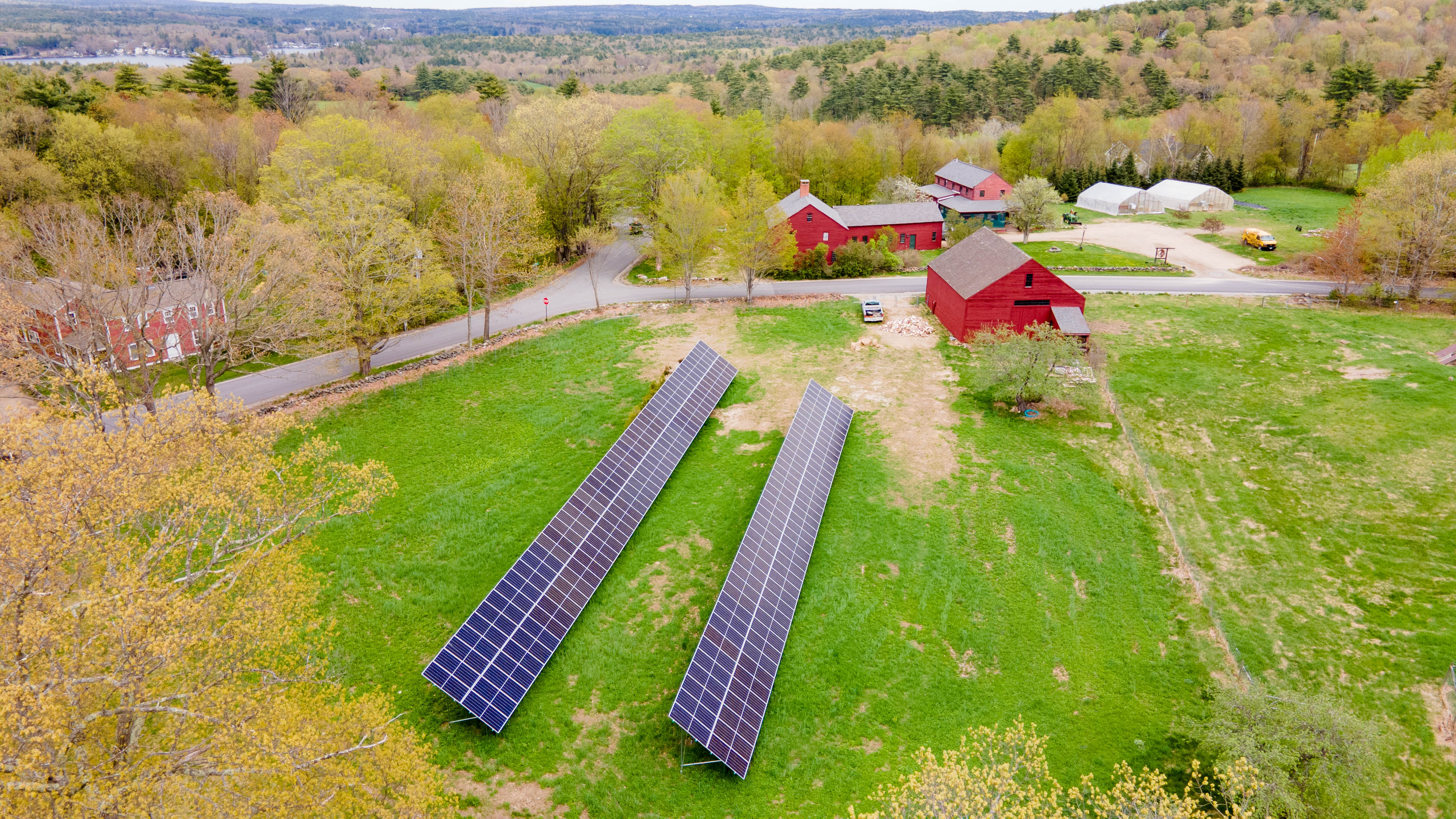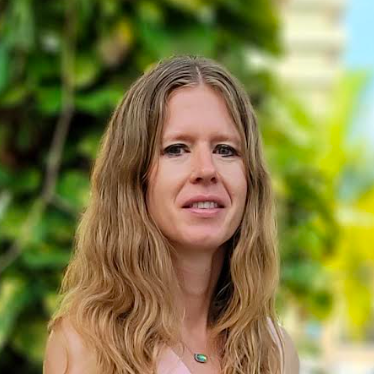
Blasty Bough Brewing Company sits on a farm in in New Hampshire where it grows some of its beer ingredients and 182 solar panels power its brewing. (Image courtesy of Blasty Bough Brewing Company.)
Welcome to 3p Happy Hour! As we all eye the exit door on Friday afternoons, we're raising our glasses to the sustainable beer, wine and spirits brands serving up stiff sips with less environmental impact while benefiting communities.
Pool parties, happy hours, barbecues — cracking open a beer usually accompanies life’s more laid-back moments. Yet underneath the crispness of the world’s most popular alcoholic drink is a history of labor, love and energy.
Besides a brewer’s blood, sweat and tears, it takes copious amounts of fuel to brew beer. The early stages of brewing involve boiling wort, a liquid that will eventually become beer, which requires a lot of energy. Later on, refrigeration and packaging also guzzle electricity.
Blasty Bough Brewing Company in New Hampshire has set out to make this drink better for the planet. Working with the employee-owned solar company ReVision Energy, the brewery installed 182 solar panels to power everything from brewing to live music events. As part of the New Hampshire Sustainable Craft Beverage Program, it’s also tapping into geothermal energy.
With a suite of other accompanying sustainable practices, this brewery is going green while making a tasty Schwarzbier, golden strong ale, and something called a Moonbat juice IPA.
Sunlight on tap
When it comes to powering its operations, Blasty Bough takes the environment seriously. Its solar panels generate around 117,000 kilowatt-hours every year, exceeding its energy needs. Production is not the only source of a beer’s greenhouse gas emissions, but researchers estimate it's responsible for 26 percent on average.
Blasty Bough's solar panels reduce its carbon dioxide emissions by 69 tons, the equivalent of removing 15 gasoline-powered vehicles from the road for a year. As a nice perk, a nearby farmer’s sheep also graze under the panels, keeping the grass down and preventing the field from reverting to a forest.
The brewery financed this project in part with a United States Department of Agriculture Rural Energy for America Program grant, which covered a third of the installation and parts, said David Stewart, owner of Blasty Bough. That program's funding was frozen by President Donald Trump’s administration, leaving many people who were promised grants hanging. Luckily, Stewart was already reimbursed, though he still paid for a substantial part of the project himself.
“There's an opportunity cost… that we did spend on the solar, but we're getting that back,” Stewart said. “It's an investment, not a stranded cost.”
The brewery’s electricity bills were anywhere from $700 to $1500 a month before the installation, Stewart said. After the upgrade, its solar panels started generating all the electricity it needed and a surplus of 8,000 to 10,000 kilowatt hours per month — nearly enough to power an average house for a year. Stewart said he is optimistic that the savings from generating its own solar power, approximately $23,000 per year, will help the business survive in the long run.
Eco-conscious brewing
Besides its sun-powered brews, the company makes use of another source of renewable energy: geothermal. Geothermal energy harnesses the Earth's consistent underground temperature for heating and cooling. The brewery's geothermal system cools the wort created at the start of the beer-making process by transferring the heat generated from the process into the ground. Usually, wort is cooled with a chiller or refrigeration system. But relying predominantly on geothermal reduces energy demand and conserves water during the already water-intensive brewing process.
Brewing up a batch of Scottish ale makes a delightful, caramelly pint but also generates waste in the form of water and leftover grain, yeast and hops. Blasty Bough has a solution for this, too. It donates spent grain to a local farmer as livestock feed, providing a good source of protein and fiber.
For the wastewater, it takes another atypical approach. The brewery is located on a farm, and in fact, brewery wastewater has been studied as a potential replacement for fertilizer. “We'll throw some of it into compost piles, but for the most part, it just goes on the ground,” Stewart said. “We have a lot of fields.”
Blasty Bough also recycles and grows some of its beer ingredients — like apples, dandelions and chamomile — right on its farm.

Beer brewed by the sun
Currently worth over $124 billion, the U.S. beer market is predicted to grow to over $147 billion by 2029, according to market research platform Statista. And most consumers say they are willing to pay more for an ale that’s sustainable.
While it might not be the sole driver of sales, Stewart sees sustainability as part of a larger combination of incentives that drives people to visit the brewery.
“It's an onion,” he said. “They come because you’ve got beer, and then the next layer down, they come because you're an interesting destination. You peel down a little deeper, and they might be interested in your practices, how you do things. It's not a primary driver, but it's another thing that people appreciate once they're aware of it.”

Ruscena Wiederholt is a science writer based in South Florida with a background in biology and ecology. She regularly writes pieces on climate change, sustainability and the environment. When not glued to her laptop, she likes traveling, dancing and doing anything outdoors.














